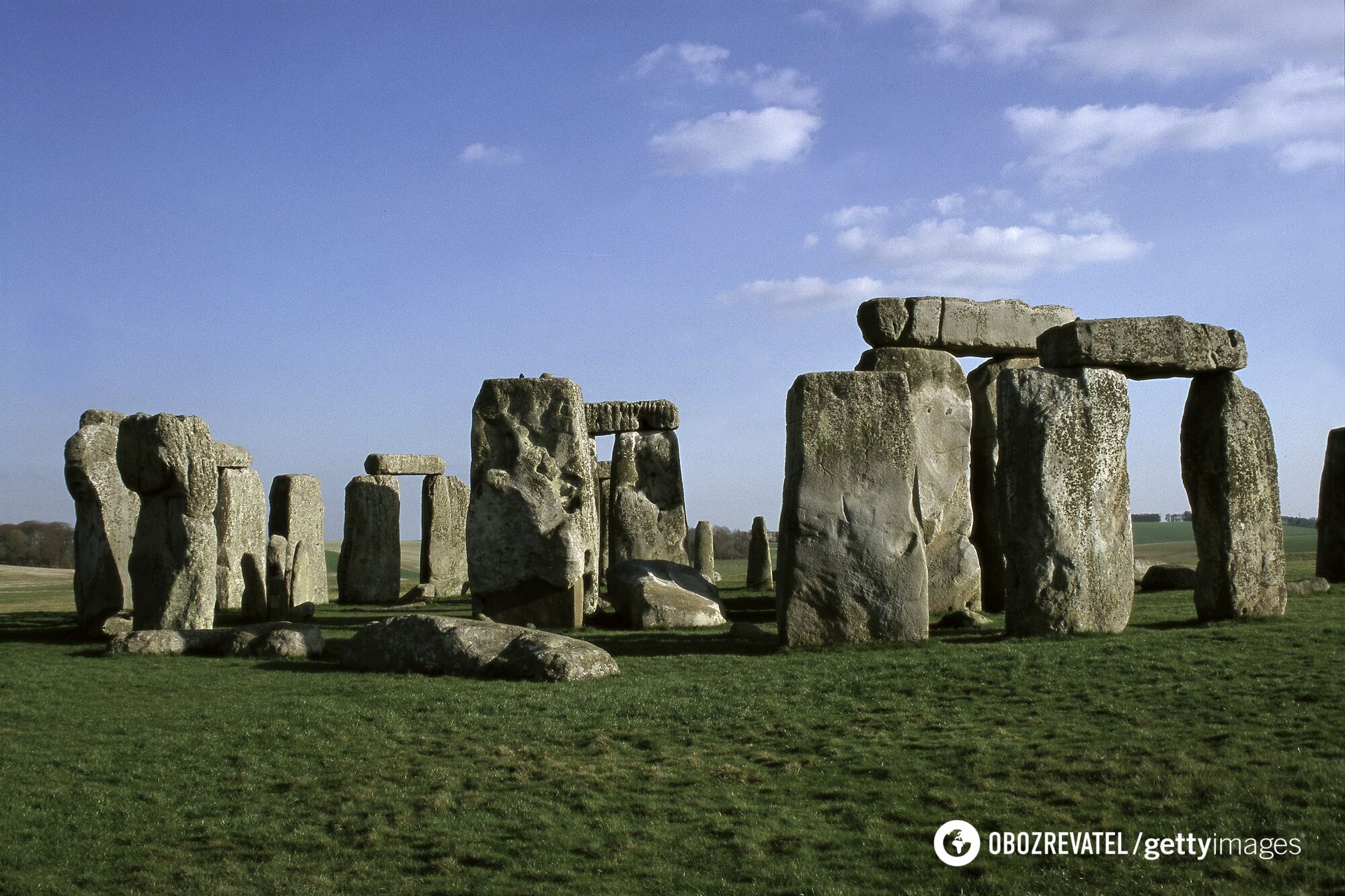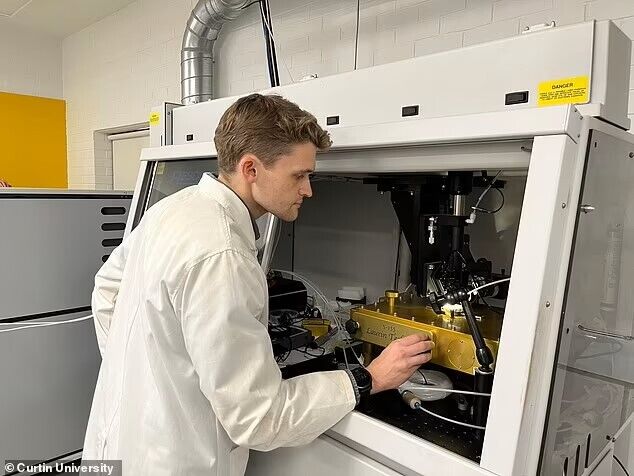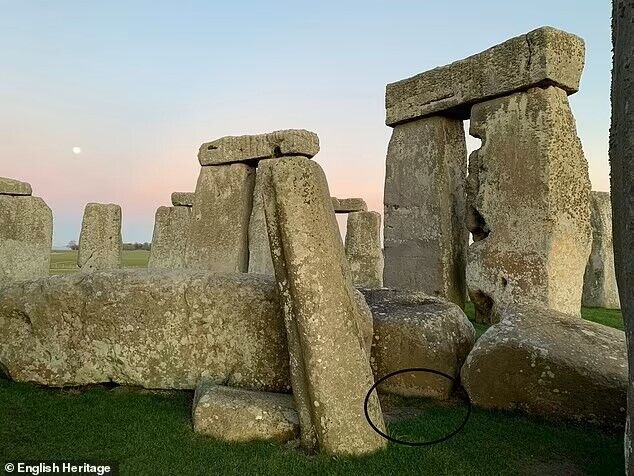News
Scientists finally solve the main mystery of Stonehenge
One of the main mysteries of the British monument Stonehenge is the Altar Stone, the origin and purpose of which has been a mystery that could not be solved for many years. However, new analysis has shown that this huge slab of sandstone was brought from Scotland.
The researchers stated that the geochemical fingerprint of the Altar Stone perfectly matches the foundation found in northeastern Scotland. This indicates that the creators of Stonehenge transported this giant rectangular block weighing approximately six tons 700 kilometers to the Salisbury Plain, Reuters writes.
The memorable name "Altar Stone" comes from a 17th-century interpretation by English architect Inigo Jones.
"It got its name because it's flat, like a table, but we don't know if it was always like that, and we don't know what it was used for. We do know that the setting sun during the solstice illuminates it," said Chris Kirkland, professor of isotope geology at Curtin University and co-author of the study.
The altar stone is a gray-green sandstone 4.9 meters long. It contains grains of various minerals. The researchers analyzed the age and chemical composition of zircon, apatite, and rutile grains in two fragments of the altar stone. Zircon is mostly dated to 1-2 billion years ago. And rutile and apatite – approximately 450 million years ago.
The chemical composition of the fragments was consistent with Scottish native rock from the Orkney Basin region, which extends from Inverness to the northeastern tip of Scotland and beyond. Until now, scientists believed that the altar stone was brought from Wales, like some of the other large stones at Stonehenge.
"And the match of the kind of age fingerprints we got from these minerals is identical to the Orcadian Basin in Scotland, not Wales," said geologist and study co-author Nick Pearce of Aberystwyth University in Wales.
"The findings are really remarkable - they overturn what has been believed for the last century. We've been able to determine the age and chemical fingerprints of arguably one of the most famous stones in a world-famous ancient monument. It is gratifying to know that our chemical analysis and dating has finally solved this great mystery. We can now say that this iconic rock is Scottish, not Welsh," added another co-author of the study, Professor Richard Bevins of Aberystwyth University.
Because it was challenging to transport such a huge load from Scotland to Wiltshire, it underscores the importance of the Altar Stone to the builders of Stonehenge.
"How it was moved is unknown, but sea shipping is a realistic proposition given the mountainous and wooded terrain of possible land routes," Bevins suggested.
As a reminder, Stonehenge was built in several stages over about 500 years, starting in 3000 BC. This mysterious British landmark remains a place of fascination and attracts millions of tourists from all over the world.
"It provides a connection to our ancient ancestors who created something that has stood the test of time," added Professor Chris Kirkland.
Only verified information is available in our Telegram channel OBOZ.UA and Viber. Do not fall for fakes!































